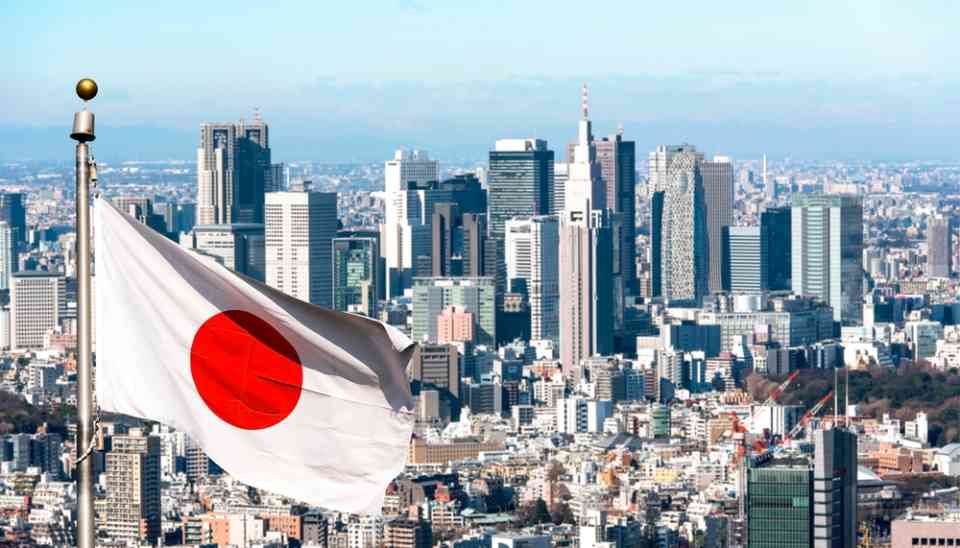Japan’s Economic Evolution: From Post-War Boom to Modern Challenges

Japan’s economy, boasting a GDP of $4,291 billion and a per capita GDP of $34.55 thousand, is a testament to resilience. Over the decades, Japan has emerged as a global leader in technology, manufacturing, and service industries, with notable strengths in automotive, electronics, machinery, and finance.
A pivotal factor in Japan’s economic ascent has been government-industry collaboration. This element fueled remarkable growth rates, averaging 10% in the 1960s, 5% in the 1970s, and 4% in the 1980s. Still, the 1990s saw a slowdown due to the aftermath of inefficient investments and the collapse of an asset price bubble, leading to economic stagnation.
In recent years, Japan has navigated challenges such as demographic decline and recurring recessions. Import dependency on energy and raw materials, exacerbated by the 2011 earthquake and tsunami disaster, underscores Japan’s vulnerability. Efforts to restart nuclear power plants and liberalize energy markets signal steps towards energy security.
Japan’s economic strategy also involves global engagement, as seen in its participation in trade agreements like the Trans-Pacific Partnership (TPP). Amidst challenges and reforms, Japan’s economic journey reflects a blend of tradition and innovation, resilience, and adaptation.
Have you read?
Countries: Powerful Passports.
Countries: Richest.
Countries: Poorest.
Countries: Happiest.
Countries: Life Expectancy.
Bring the best of the CEOWORLD magazine's global journalism to audiences in the United States and around the world. - Add CEOWORLD magazine to your Google News feed.
Follow CEOWORLD magazine headlines on: Google News, LinkedIn, Twitter, and Facebook.
Copyright 2025 The CEOWORLD magazine. All rights reserved. This material (and any extract from it) must not be copied, redistributed or placed on any website, without CEOWORLD magazine' prior written consent. For media queries, please contact: info@ceoworld.biz








